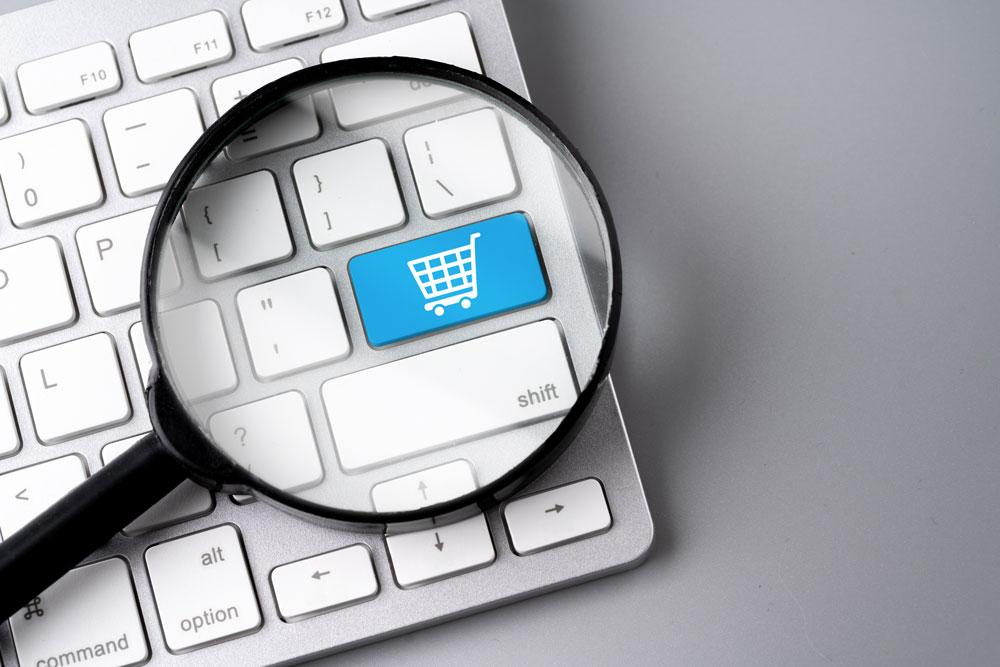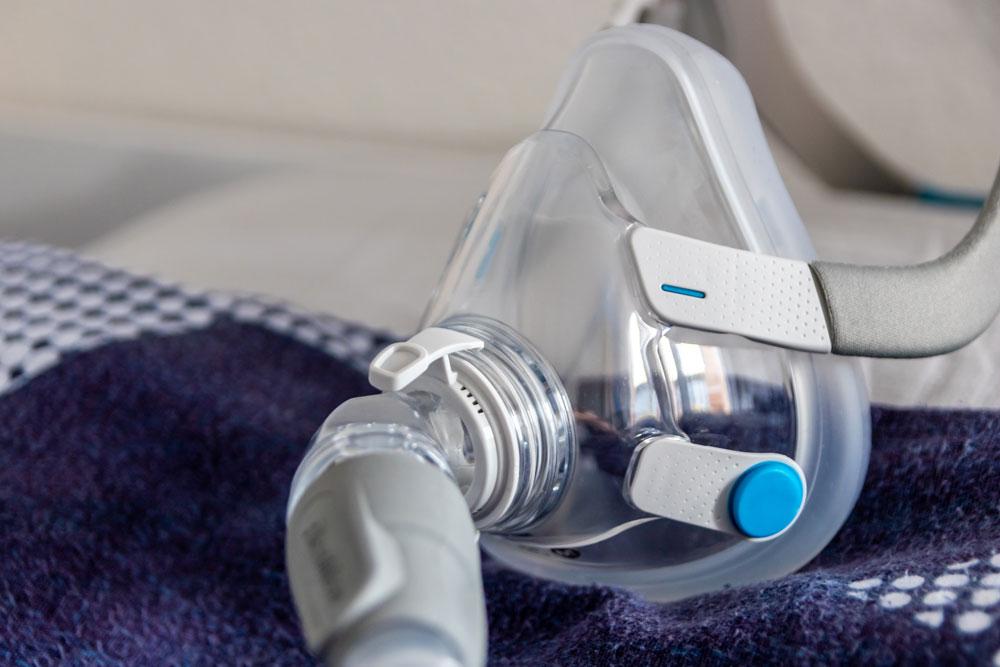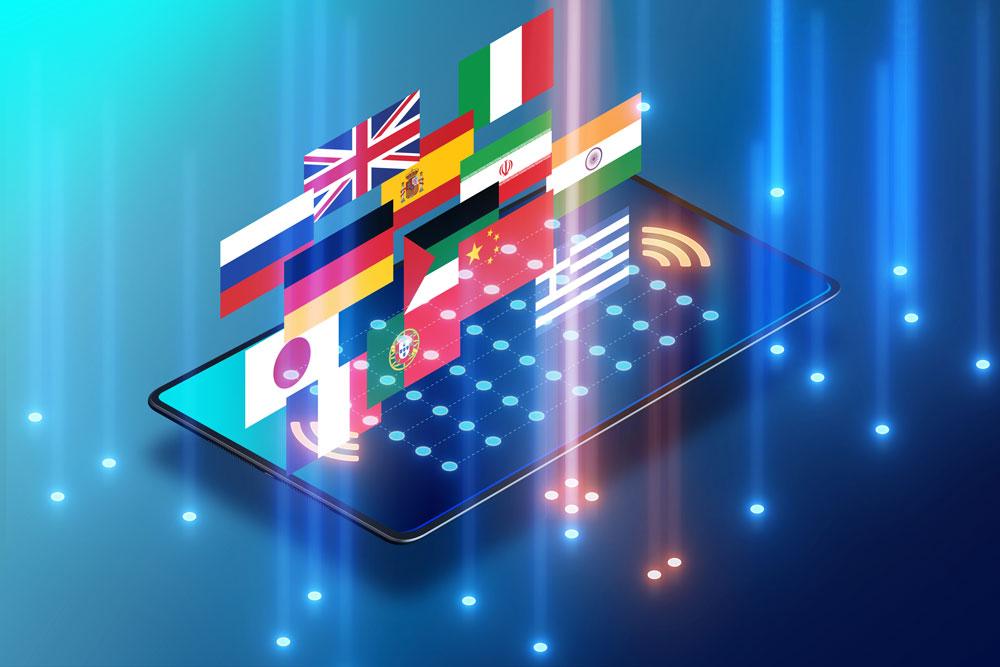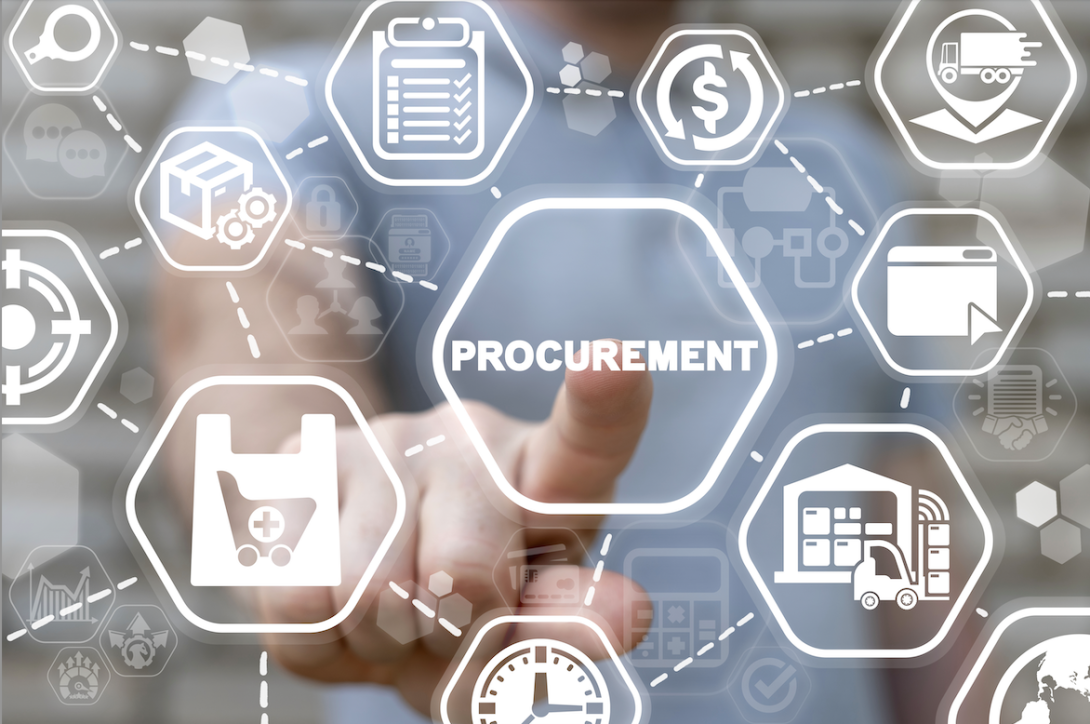Glen Hodgson, head of Healthcare at GS1 UK, looks at the current state of the eProcurement strategy and asks where the GLN sector is heading over the next few years
Trading beyond borders is often a challenge for suppliers. And that’s not just with reference to supply-chain efficiency and traceability - that can also be extended to order processing, invoicing and payment management too.
However, when you compound these seemingly simple tasks with the intricacies of a country’s healthcare framework, an already complicated system becomes even more difficult to navigate.
As a result, the Department of Health and Social Care (DHSC) introduced the NHS eProcurement strategy1 in 2014 – designed to help improve procurement efficiencies across the NHS, and enable organisations to provide better value and better care for patients.
After all, irrespective of being an NHS trust, or a supplier, distributor or manufacturer, the main aim is to make sure the patient has the right product or device, available in the right place and at the right time, every time.
With the eProcurement strategy in place, products can be traced to their point of origin, through to their point of issue/delivery. This enables any defective products to be identified and removed from circulation quickly – a significant patient safety advantage.
Take the example of the Poly Implant Prostheses (PIP) breast implant scandal of 20102. To this day, there are tens of thousands of women still living with these implants a decade after their surgery. Apply this same methodology to anti-counterfeiting and medicines traceability, and there are some clear translatable benefits here too.
How does this work?
Delivering the aims of the eProcurement strategy relies on two central components to support the transition to e-trading and e-invoicing. Firstly, the use of GS1 standards for the unique identification of products, using Global Trade Item Numbers (GTINs) and of locations, using Global Location Numbers (GLNs). This feeds into the efficient synchronisation of data across a central network – the Global Data Synchronisation Network (GDSN).
Secondly, the use of PEPPOL* messaging standards for the electronic exchange of transaction information such as purchase orders, delivery details and the exchange of invoices.
This depends on the inputting of accurate product data to the GDSN, which can then be attributed back to any individual organisation on the supply-side using their unique organisation identification number – their legal GLN.
For NHS trusts, this information feeds directly into their product catalogues. Once an order is placed, suppliers then send the order directly to the trust’s unique delivery location, also identified using a GLN.
The trust is also identified with a legal GLN, so it’s not mistaken any of the other 153 acute trusts across England. Adding further granularity to the process, the trust can also use a separate GLN to ensure the delivery goes directly to a designated point such as a department, ward or even a specific shelf or patient’s bedside.
All GLNs used across the system are held in one central repository – LocationManager3. So, any time a shipping location is modified, billing information is updated, or a delivery point is changed, the amendments are available in real time, so suppliers have access to everything they need, whenever they need it.
Without accurate location information in place, products are susceptible to being lost and deliveries are at risk of being missed, resulting in unwarranted delays to vital patient care. Without accurate billing information, trusts and suppliers can easily end up with troublesome invoice queries and delayed payments.
All-in-all, this serves to create an efficient procurement system, which is set in place to streamline business transactions across the NHS, improving the purchase-to-pay process for all stakeholders.
Where are we now?
Fast-forward to 2020, and the adoption of GLNs continues to play a fundamental role in the current healthcare landscape. Forming part of key mandates and recommendations, the value of GLNs and effective location management has become paramount, with benefits being realised beyond procurement, having demonstrated advantages within clinical settings as well.
The use of GLNs underpins a significant part of the NHS Framework Agreement for the Supply of Goods into the NHS4, and several suppliers are already on the journey, having barcoded their products, and begun to trade messages via PEPPOL.
But more recently though, the Medicines and Healthcare products Regulatory Agency (MHRA) has also recommended the use of GLNs in Field Safety Notifications (FSNs) and Medical Device Alerts (MDAs).
Due to the critical nature of product recalls, it is essential for manufacturers, distributors, suppliers and NHS providers to be able to establish where any remaining inventory is located as quickly as possible, in order to limit potential harm to patients.
Therefore, on both of these counts, the use of the legal GLN will feature as a requirement – which in turn supports one of the core aims of the EU device regulations for medical devices (EU MDR) and in-vitro diagnostic medical devices (IVDR).
This particular regulatory update comes into force from May 2020, and will place greater emphasis on the post-market surveillance of products, including the proactive monitoring of device performance for recertification, annual safety updates for higher-risk class devices, and rapid reporting of safety incidents. Crucially, these changes will impact trusts and wider healthcare organisations that are integral to the supply of products into the NHS.
What next?
Over the next few years, the value of GLNs and effective location management will have real potential to drive even more transformative change beyond the realms of efficient procurement and supply chains. There’s no escaping the ‘digital first’ messaging emanating from government, and the drive to go paperless is still at the heart of the agenda, along with the clear focus on interoperability.
And that’s not to disregard the overarching sentiment – to improve patient safety across the board: these changes are all steps in the right direction towards achieving a much needed seamless healthcare system.
Envisage the bigger picture of being able to track each touchpoint of a patient’s journey from community and primary care through to secondary care anywhere across England – or around the world for that matter. It’s a long road to get to that point, but it’s not as unachievable as it might have appeared to be some decades ago.
In reality, there are already some areas of excellence that exist, and trusts and their suppliers across England are making headway. They are beginning to reap the benefits that effective location management has to offer – enabling them to collectively provide better value and, ultimately, a better patient-care experience.
For more information on GS1 standards and location management, or to start your GLN adoption journey, contact the GS1 UK healthcare team at healthcare@gs1uk.org.
Glen Hodgson is Head of Healthcare at GS1 UK. He is charged with supporting the NHS and the healthcare industry to deliver greater efficiency and a more robust approach to patient safety.
With over 20 years of national and international experience, Glen has served at board level in a variety of operational and commercial roles within complex organisational structures inside the pharmaceutical/healthcare arena.

Footnotes
*PEPPOL (Pan-European Public Procurement Online). For more information on England’s PEPPOL requirements visit: https://peppol.eu/what-is-peppol/peppol-country-profiles/england-country...
References
1. https://assets.publishing.service.gov.uk/government/uploads/system/uploa...
2. https://www.nhs.uk/conditions/pip-implants/
3. https://www.gs1uk.org/our-industries/healthcare/locationmanager
4. https://assets.publishing.service.gov.uk/government/uploads/system/uploa...





